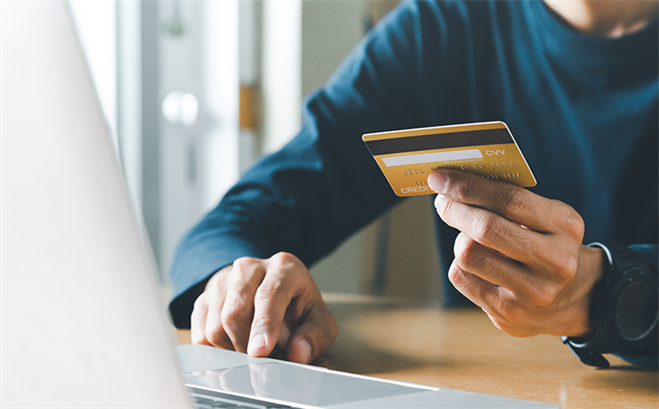3 Ways Payment Systems Improve Access and Satisfaction
March 16, 2023 by Peter Friesen

Government payment options can be confusing for residents looking to pay taxes, bills, or fees through different local, county, and state agencies. There are often different preferred payment types, and online payment accessibility varies by department.
Expectations around payments have shifted though, with residents interested in broader accessibility, while many governments want simplified backend systems.
The best modern solution can offer everything — incorporating members of the local population who may be unable to complete a traditional check or card transaction by offering a broad range of payment options, to simplified receipt systems that maximize efficiency for government employees.
In a recent episode of the Tyler Tech Podcast, payments expert Sloane Wright discussed three ways modern government payments software can ensure accessibility for all payers.
1. Give the Option of Crypto, Card, or Cash
A 2021 survey by the FDIC found that the number of U.S. households without a bank account numbers around 6 million. That includes people who avoid banks because of distrust, or those who can’t meet account requirements. Those residents might pay by cash, but that option can be limiting if it requires visiting a government office during working hours.
Even among those with a bank account or credit card, there’s still high demand for different payment options, Wright says. Automated phone payments are popular among older residents, while automatic online billing, bank transfers or cards, and alternative payment options like cryptocurrency, Venmo, or PayPal have risen in demand as the younger generation starts making more payments.
2. Reduce Late Fees, Collections, and Employee Strain
Payments experts such as Wright agree that if residents have more and better options for payment, there will be fewer missed payments, meaning less work for government employees who are tasked with reaching out to residents about late fees, working out payment plans, or even discontinuing service and sending bills to collections.
Reducing late payments helps employees focus on more important work, while also making sure agencies are collecting revenue on time. This helps ensure annual budgets are as accurate as possible, something both residents and government leaders are invested in.
3. Increase Community Trust and Satisfaction
Payments are an everyday part of living in a community in the U.S. From property taxes to fees for parking tickets or business licenses, or even park passes or facility rentals, residents and governments interact around payments multiple times every year. When the process is simplified and inclusive for all parties, there can be an increase in government trust and resident satisfaction, Wright says. The best solutions can bring a wide variety of payment options into one platform, while streamlining payment receipt for government employees.